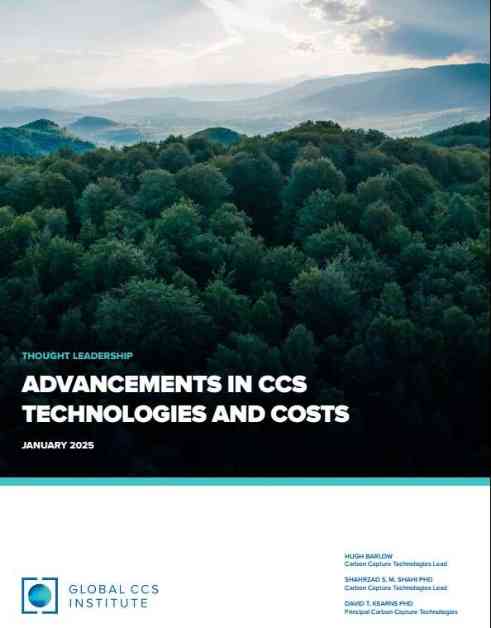CCS Technologies: Paving the Way for a Greener Future
Advancements in CCS Technologies and Costs
In the quest for a more sustainable future, Carbon Capture and Storage (CCS) technologies have emerged as a crucial tool in the fight against climate change. By capturing CO2 emissions from hard-to-abate industries like cement, steel, and chemicals, as well as aiding in the decarbonization of power generation, CCS is poised to play a pivotal role in achieving net-zero targets worldwide.
As the CCS industry continues to expand, significant technological advancements and economies of scale have led to a notable reduction in the costs associated with capturing, transporting, and storing CO2. This shift towards more cost-effective solutions is a promising development that could accelerate the adoption of CCS on a global scale.
Analyzing CCS Cost Structures and Technological Innovations
A recent report delves deep into the intricacies of CCS cost structures, with a specific focus on the latest advancements in capture, transport, and storage technologies. This comprehensive analysis sheds light on the factors influencing cost variations within the CCS industry and presents strategies for further cost reduction.
Breaking down the CCS process into three main segments—capture, transport, and storage—the report places emphasis on the first two components in this initial installment of a two-part series. The capture segment, which traditionally accounts for a significant portion of overall CCS costs, has witnessed notable improvements across both established and emerging sectors.
From Common to Novel: The Evolution of CO2 Capture Processes
The report highlights the evolution of CO2 capture processes, showcasing both conventional methods that are already in commercial use and innovative approaches that are currently under development. These advancements in capture technologies are instrumental in driving down costs and increasing the efficiency of CCS systems, making them more accessible and appealing to a wider range of industries.
Incorporating expert insights and real-world examples, the report offers a comprehensive overview of the current landscape of CCS technologies and the potential implications for the broader energy and environmental sectors. By providing a detailed analysis of cost structures, technological advancements, and future prospects for CCS, the report aims to inform and inspire stakeholders to embrace these transformative technologies in the pursuit of a greener, more sustainable future.
With the continued evolution of CCS technologies and a growing emphasis on reducing costs and increasing efficiency, the prospects for widespread adoption of CCS solutions are brighter than ever. As industries across the globe seek to align with ambitious climate goals and reduce their carbon footprint, CCS technologies are poised to play a pivotal role in driving the transition towards a more sustainable and environmentally conscious future.














